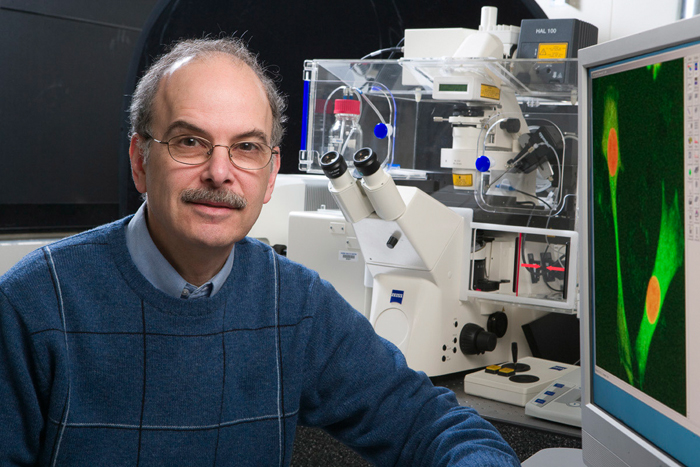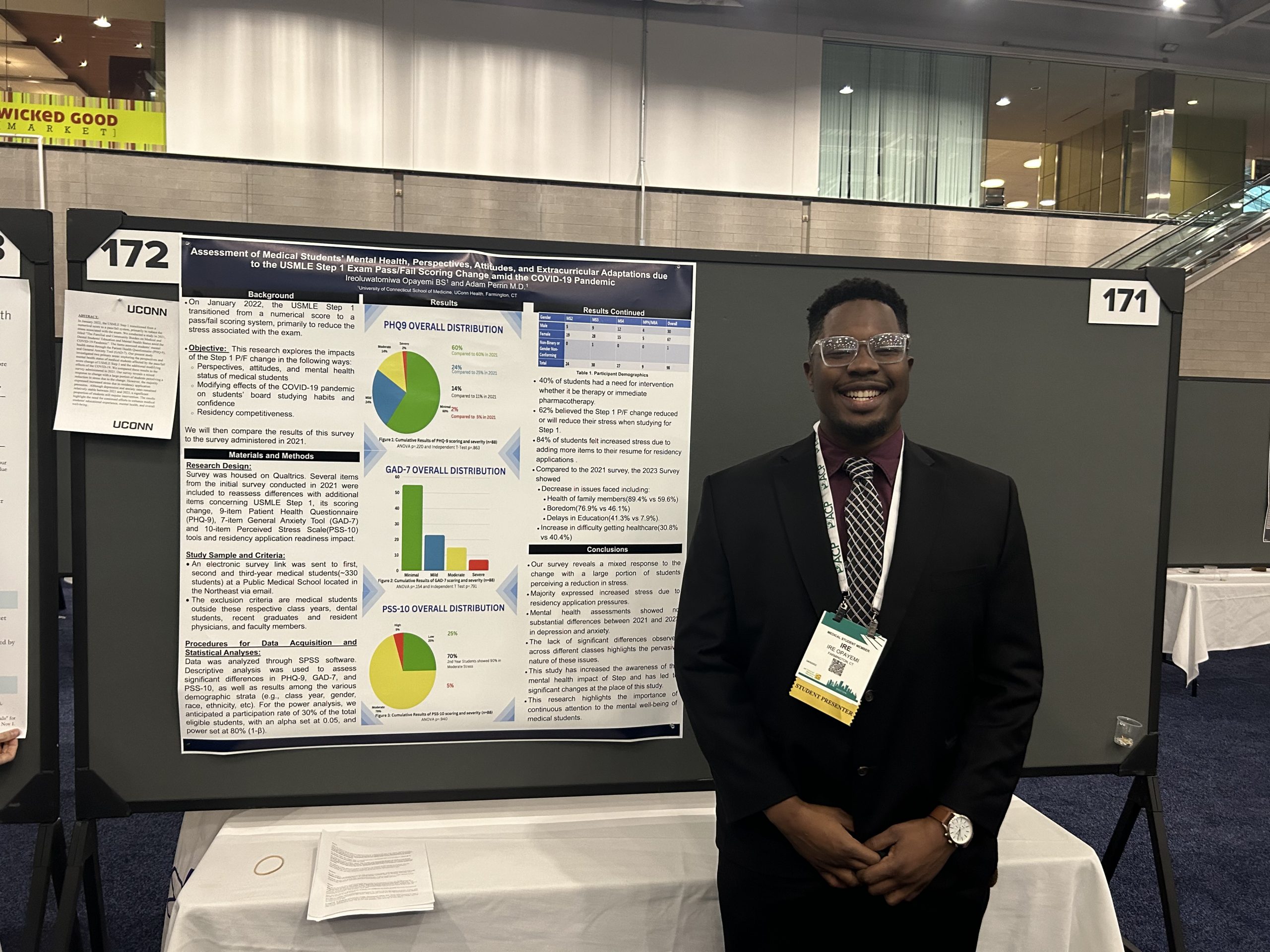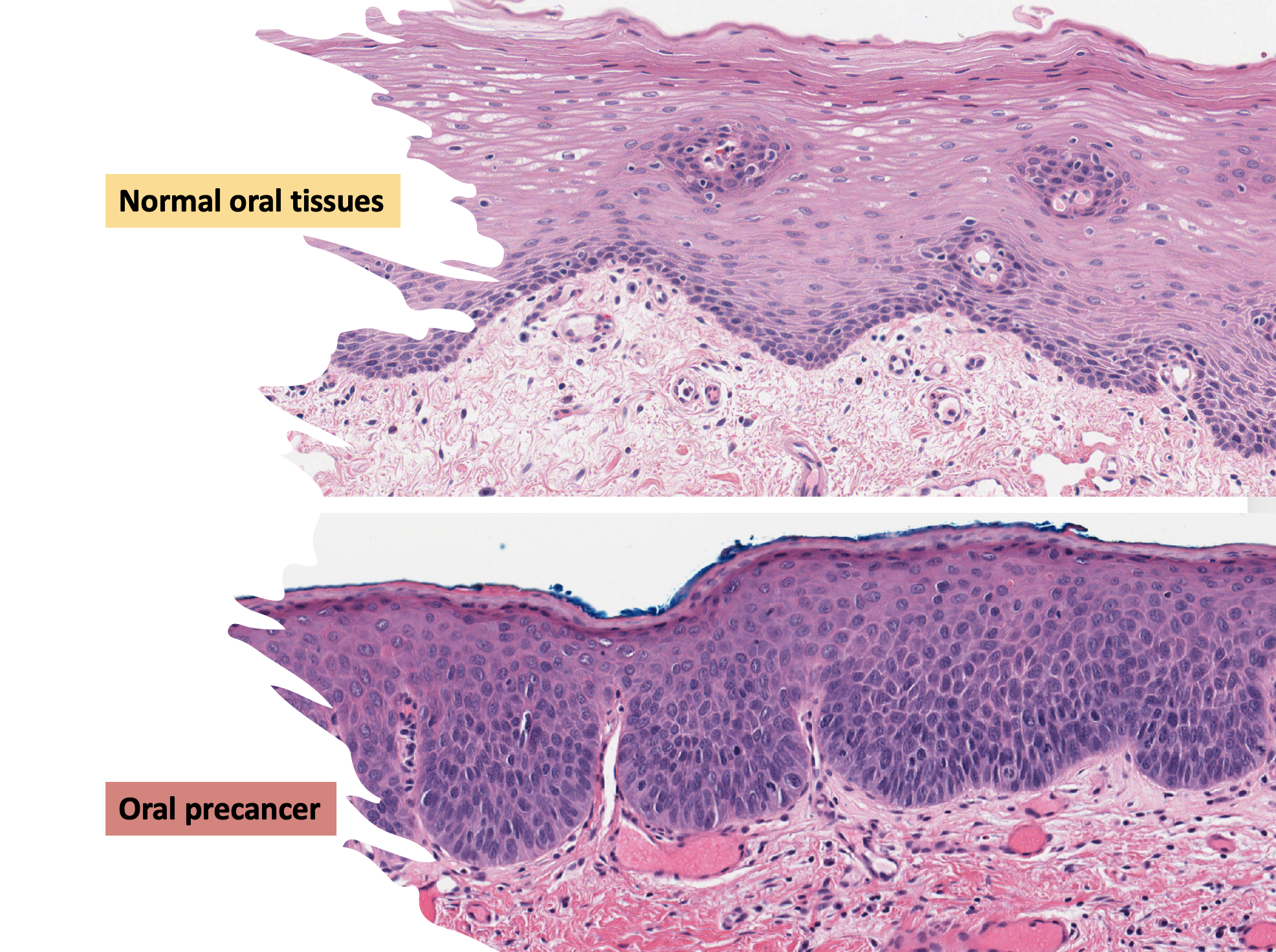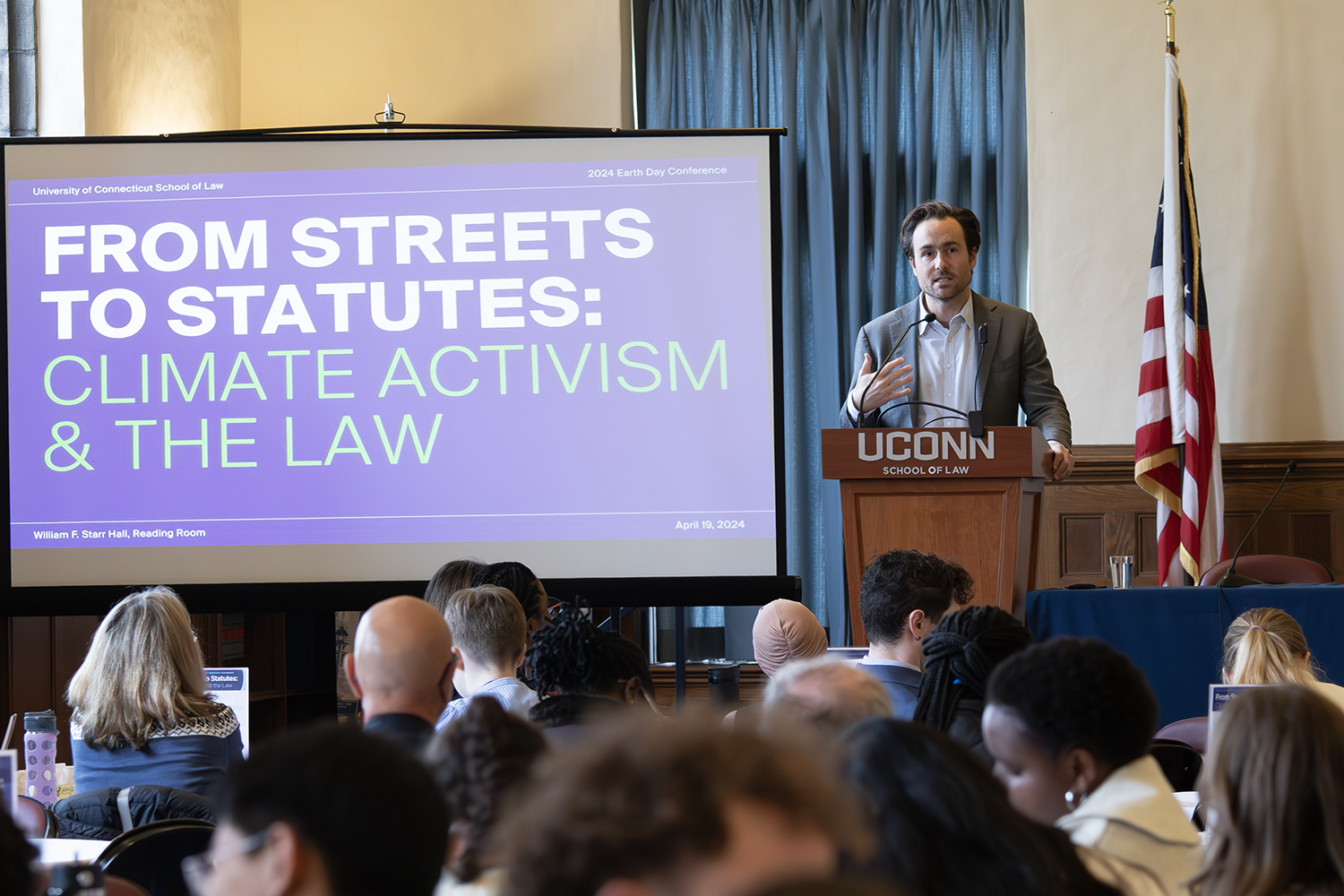First published in the July 2012 issue of the Biophysical Society Newsletter.
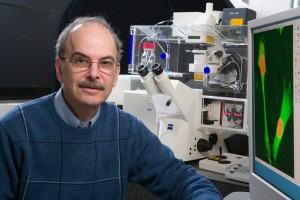
For Leslie Loew, Boehringer Ingelheim Chair in Cell Sciences, professor of Cell Biology, professor of Computer Science and Engineering, director of the R. D. Berlin Center for Cell Analysis and Modeling at the University of Connecticut Health Center, and newly instated editor-in-chief of Biophysical Journal, it all started with a chemistry set. “In those days, chemistry sets included alcohol lamps for heating chemical reactions, and I still remember smelling up the house by heating the yellow sulfur that came with the set,” Loew says, “not very safe, but great fun for a ten-year-old.” His parents, refugees from Nazi Germany who both worked in the clothing business, supported Loew’s enthusiasm for chemistry. “They strongly valued education and were delighted to see me pursue a scientific career,” Loew says. He majored in chemistry as an undergraduate at the City College of New York. He then went on to Cornell University to earn his Ph.D. in physical organic chemistry, working under Charles Wilcox and Nobel Laureate Roald Hoffmann.
Six months shy of completing his Ph.D., Britton Chance’s work studying brain physiology with the use of fluorescent probes caught Loew’s attention and kindled in him the first inkling of interest in biophysics as a career field. Despite being accepted as a postdoctoral fellow with Chance, Loew wasn’t yet ready to make such a departure from physical organic chemistry. Instead he took a postdoctoral position in Frank Westheimer’s lab at Harvard University. He stayed in touch with Chance, though, and upon starting his own chemistry lab at SUNY Binghamton, Loew branched out to work on the design and synthesis of fluorescent probes for monitoring membrane potential. What he found intrigued him. “Up to that point, biophysicists like Chance and neuroscientists like Larry Cohen were screening dyes from chemical catalogs to find ones that would produce a sensitive response,” Loew says. “I used quantum mechanical calculations to predict which kinds of dye chromophores would have large Stark effects and thus be sensitive to the electric field in the cell membrane.” Using this theory as a basis, Loew’s lab began synthesizing dyes that could be inserted into membranes to change their spectra in response to action potentials. But he didn’t stop there. “I soon decided that it would be really interesting to use the dyes myself to study neuronal cell physiology,” he says. Requiring a biomedical research environment for this undertaking, Loew moved to the UConn Health Center.
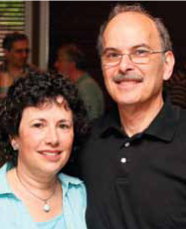
Today, Loew is still at work designing and synthesizing voltage-sensitive dyes, but he is by no means tied to one research topic. “My research interests are pretty diverse, although there are connections between all of them that may only be apparent to me,” he says. “I just find myself easily interested by lots of different things.” He also works on electrical and biochemical signaling in dendritic spines and projects involving the dynamics of the actin cytoskeleton. He’s even planning a foray into cardiac physiology. Such varied research interests doesn’t denote a lack of focus, however. “I very much appreciate how solid the science Les does is,” says David Piston, Louise B. McGavock Chair and professor of Molecular Physiology and Biophysics at the Vanderbilt Kennedy Center. “I have relied on many of his publications over the years, and the experiments are always wonderfully well-done.”
Perhaps the most notable of Loew’s projects is the Virtual Cell (VCell) project, a computational tool for modeling and simulating cell physiology (http://vcell.org). His interest piqued by how his own fluorescence data translated to what was happening inside cells. Loew led a team of physicists and engineers in the UCHC Center for Cell Analysis and Modeling to create the program. “One can think of
Virtual Cell as a theater in which a cell biologist can stage a play that realistically portrays the molecular events driving some aspect of cell physiology,” says John Tyson, University Distinguished Professor in the Department of Biology at Virginia Polytechnic Institute. Ann Cowan, professor of Molecular, Microbial, and Structural Biology at the Health Center, helped Loew build VCell after initially helping him to create the Center itself, of which she is deputy director. “Les is accepting of different ideas and directions and is always willing to try new concepts,” Cowan says. “He is very loyal and works very hard to help other faculty, students, and staff, and goes the extra mile to make sure they are moving ahead.” Loew’s devotion to the VCell project paid off, as the software currently garners more than 3,000 users worldwide. “With new computational tools like VCell, we can now hope to organize and integrate the data on the individual biochemical and biophysical mechanisms that control molecular events inside cells,” Loew says.
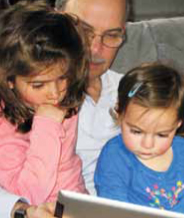
On July 1, Loew succeeded Edward Egelman as editor-in-chief of Biophysical Journal, serving a five-year term in the role and beginning the newest facet of his career. A veteran member of Biophysical Society, Loew has missed only one annual meeting since joining in 1979. “The meeting has never failed to provide a stimulus to new ideas and new scientific interactions,” he says. The Biophysical
Journal serves much the same purpose for Loew. “I read more papers per issue than in any other journal because there is just so much cool science published there,” he says. “Ed Egelman has done a tremendous job of defining a high standard for the papers published in Biophysical Journal. Taking on the editorship is truly an honor, but being charged with maintaining this high standard is also daunting.”
As the Journal’s fourteenth editor-in-chief, he plans to do just that by implementing some minor adjustments right away, including aligning the editorial board sections with the Table of Contents so that the papers published are representative of biophysics as a field, and increasing the regularity of Biophysical Reviews published by instating a new associate editor responsible for handling Biophysical Reviews. “As to some of my longer term ideas, I will be very focused on trying to improve the range of scientific content, taking full advantage of the possibilities provided by electronic publishing,” Loew says. “It should be possible to allow readers to interact with data such as molecular structures, 3-D images, 4-D movies, or mathematical model simulations.” Loew is confident that the Cell Press partnership with the Journal will serve as a reliable resource for technological difficulties and formatting online content. “We may also need to establish standard formats for publishing this kind of material, just as we have standards for reference styles and page layouts,” he adds, “but I believe the benefit of this enriched level of scientific communication, particularly for the field of biophysics, will motivate authors to adopt these standards.”
Throughout his diverse career, Loew’s family has kept him grounded—an endeavor that Loew attributes to his wife, Helen. “She has been amazingly understanding of the demands of a scientific career,” Loew says, “but also kept me focused on our family as truly the most important priority.” Loew immensely enjoys spending time with his 11grandchildren. “We are constantly discussing science and doing math puzzles,” he says. “The latest deep discussions with my eight- and ten-year-old grandsons were about Fibonacci numbers.”
For Loew, the future of biophysics is bright, albeit fraught with puzzles more complex than those he helps his young grandchildren solve. But it’s a challenge he believes the multidisciplinary field is ready to accept. “Our biophysics community is accumulating data on the structure and dynamics of macromolecules; the detailed mechanisms of membrane channels and transporters; high resolution molecular distributions in cells; dynamics of organelles, cells, and tissues; and the kinetics of cell signaling networks,” he says. “These are the pieces of the puzzle of how cells and organisms function. The next challenge is to marshal the physics and physical chemistry that will allow us to put these pieces of the puzzle together.”
Follow the UConn Health Center on Facebook, Twitter and YouTube.
